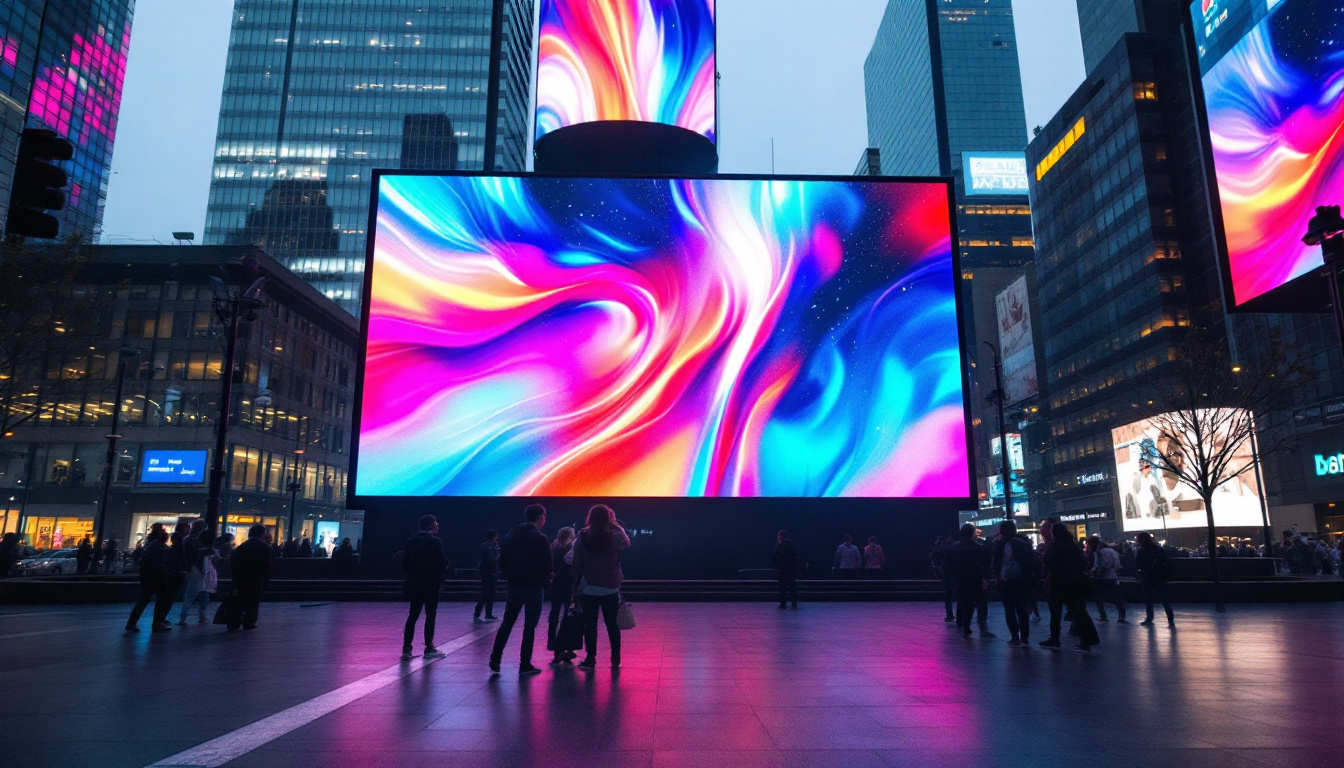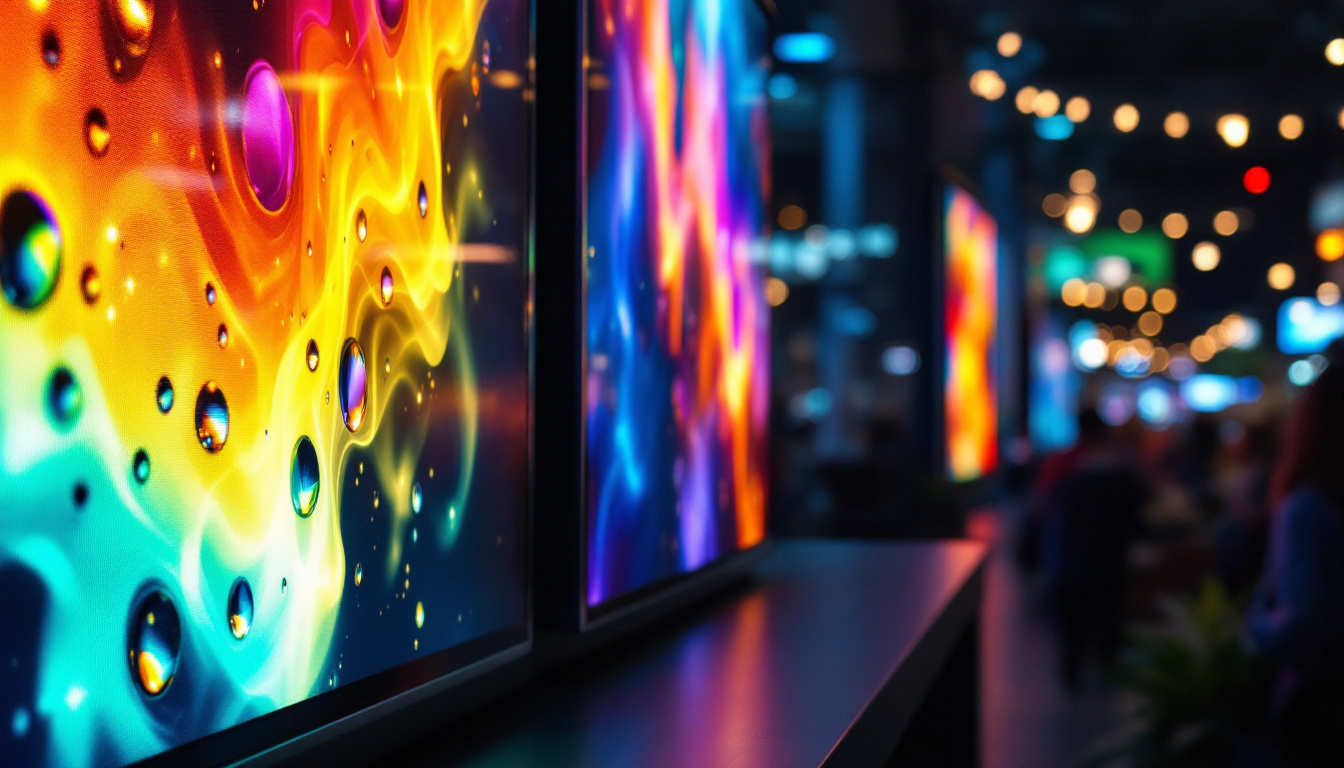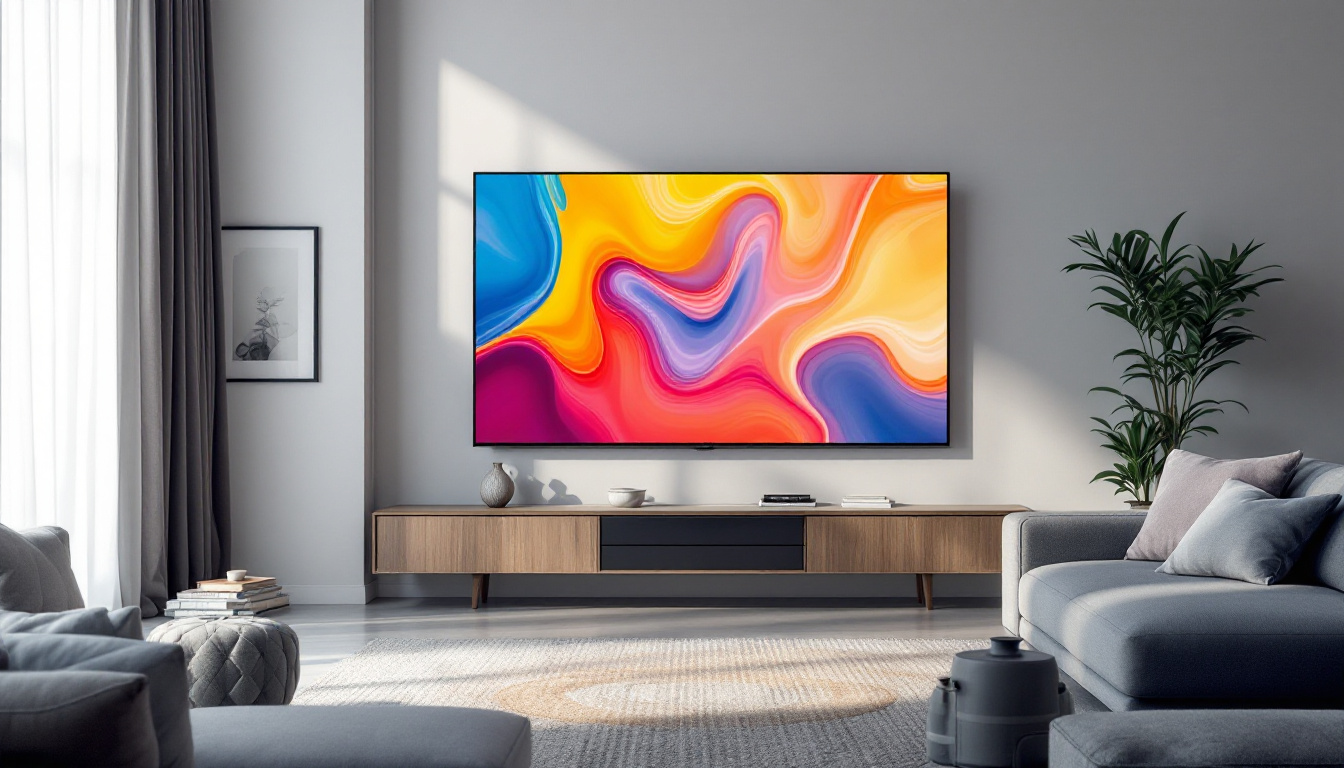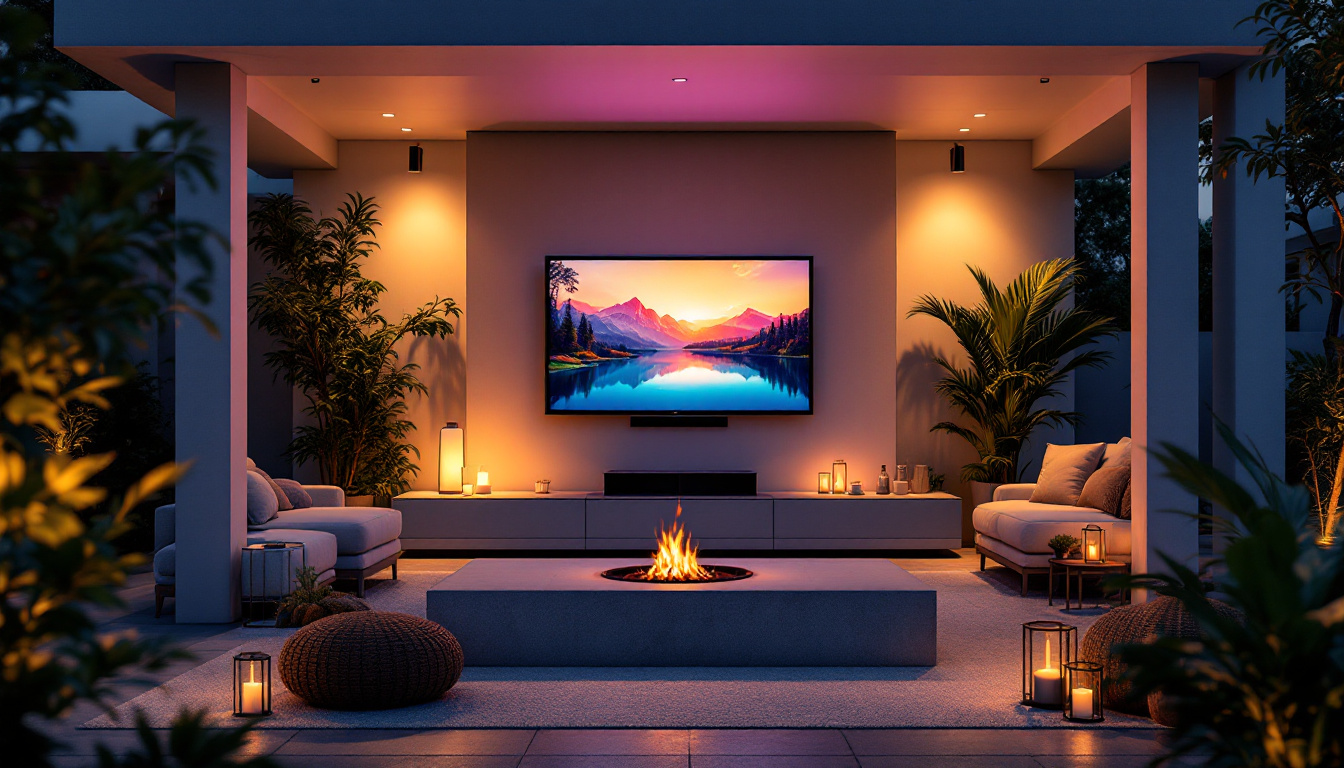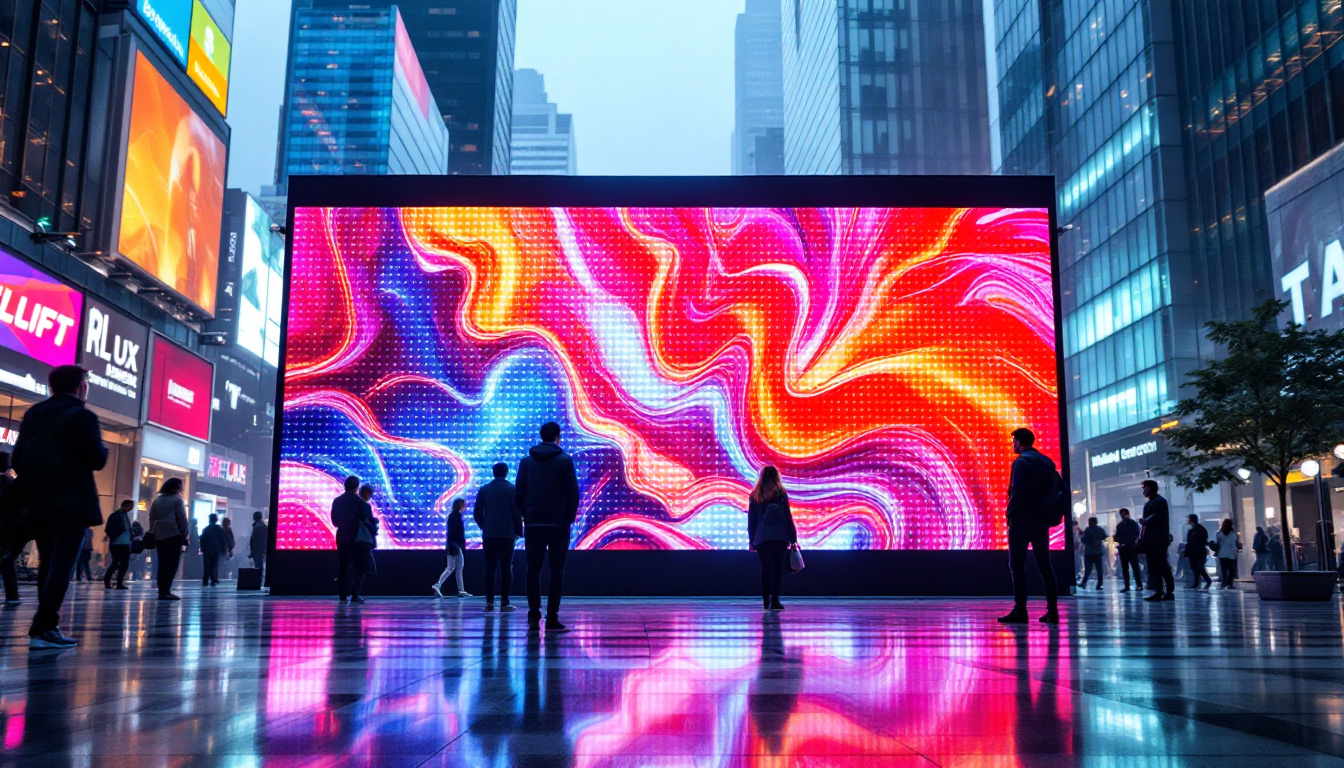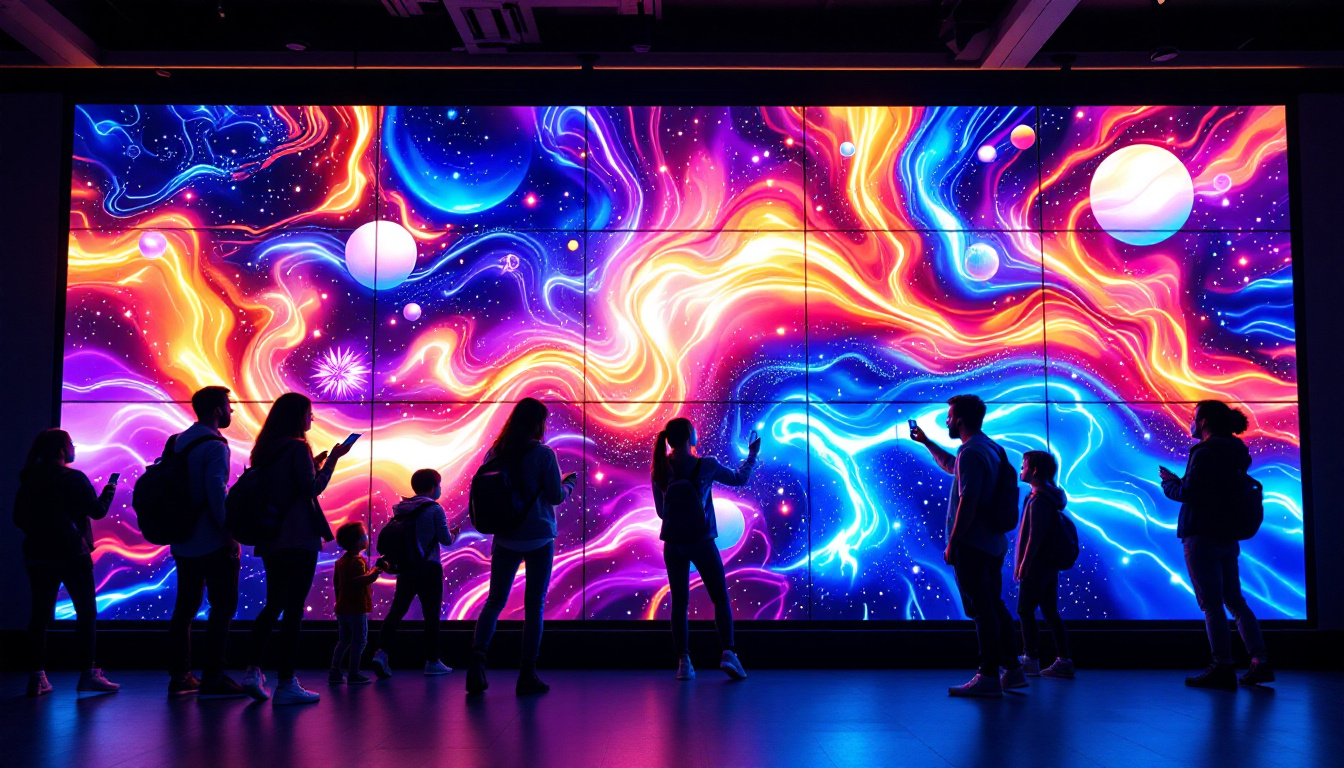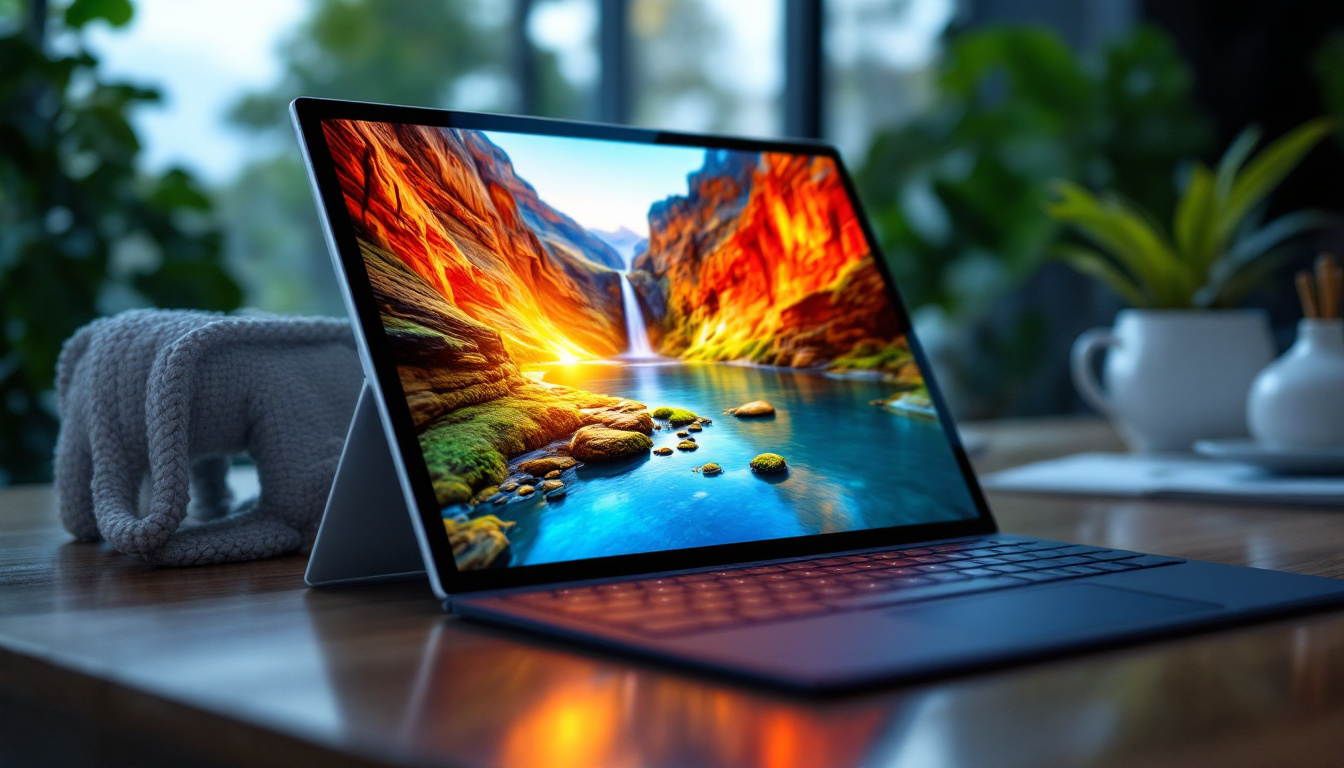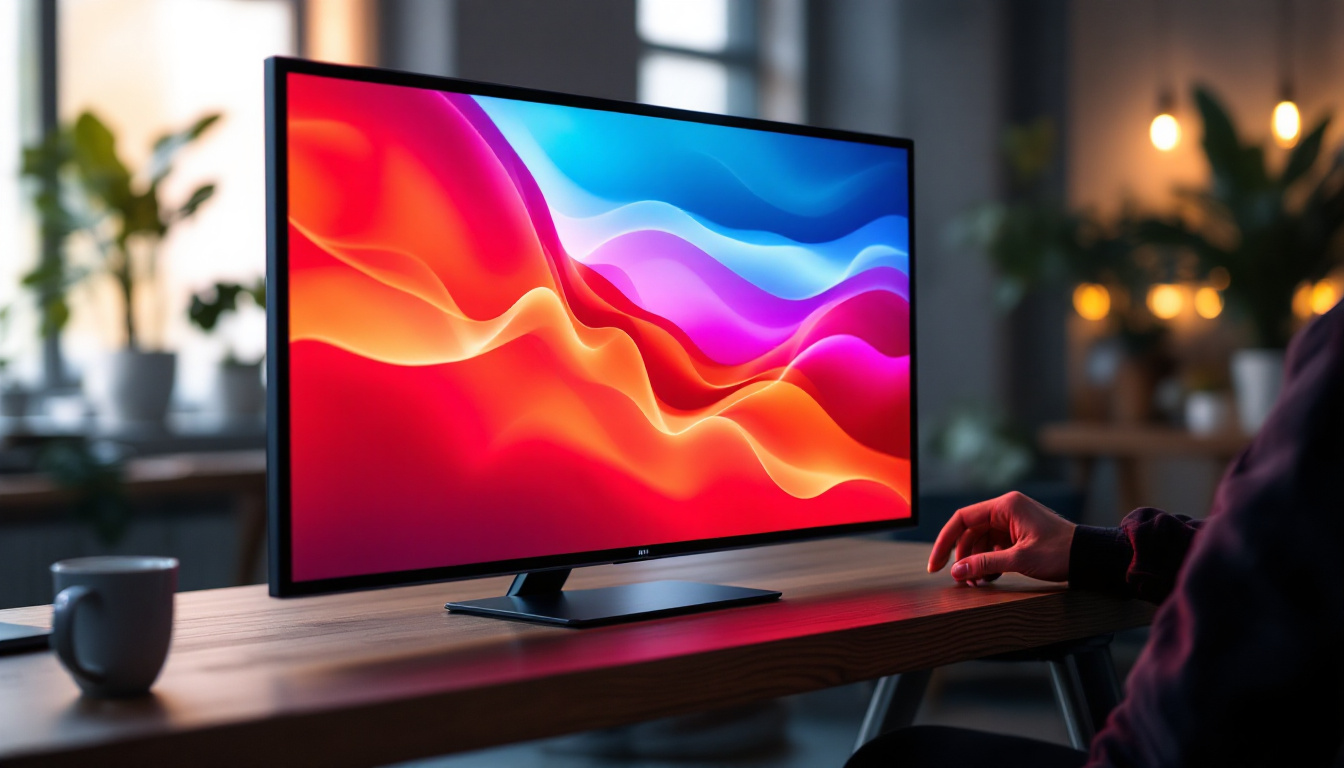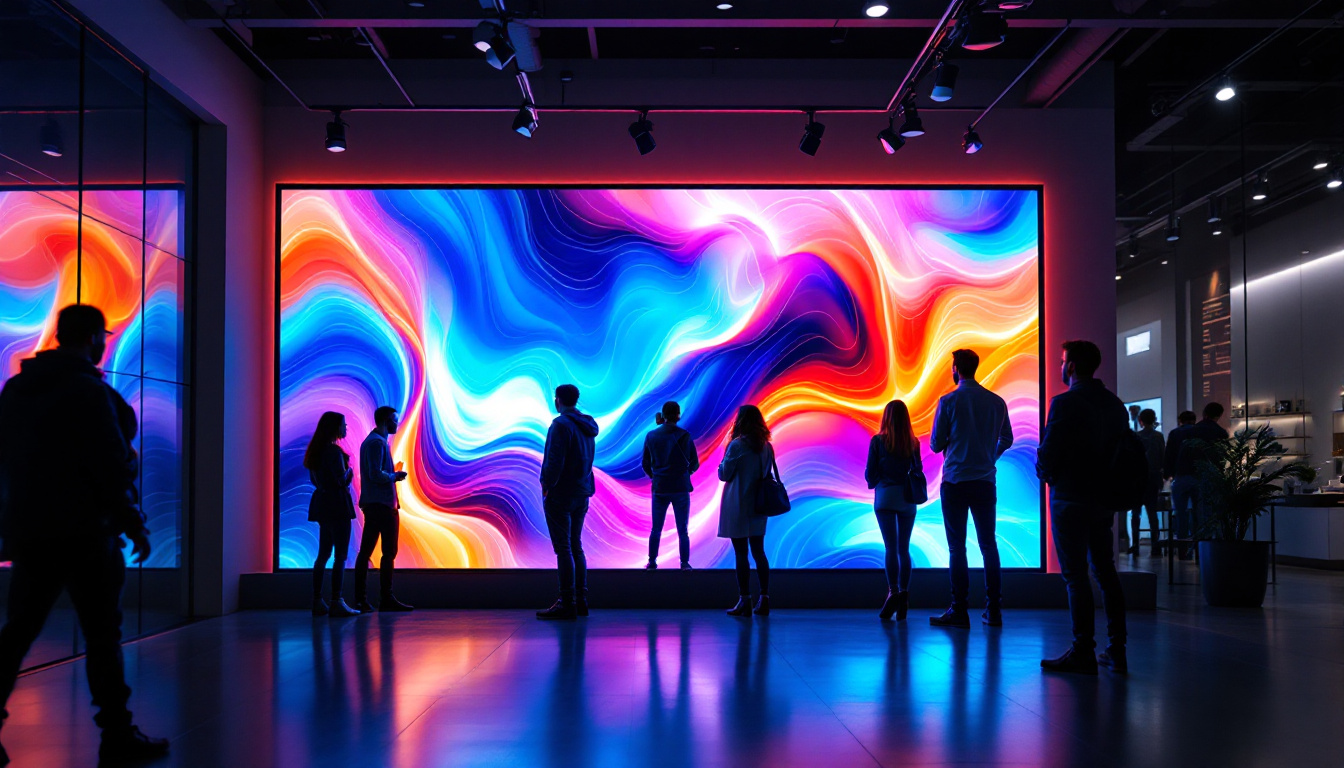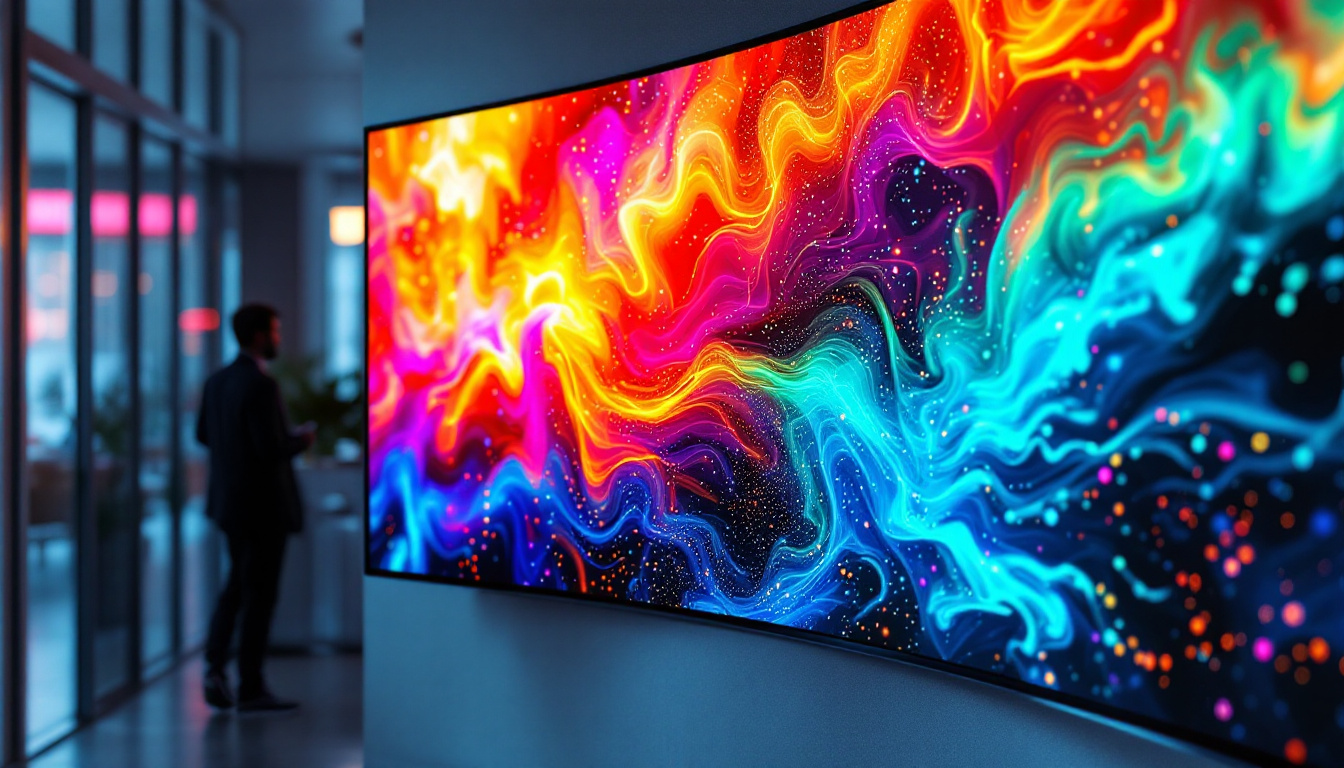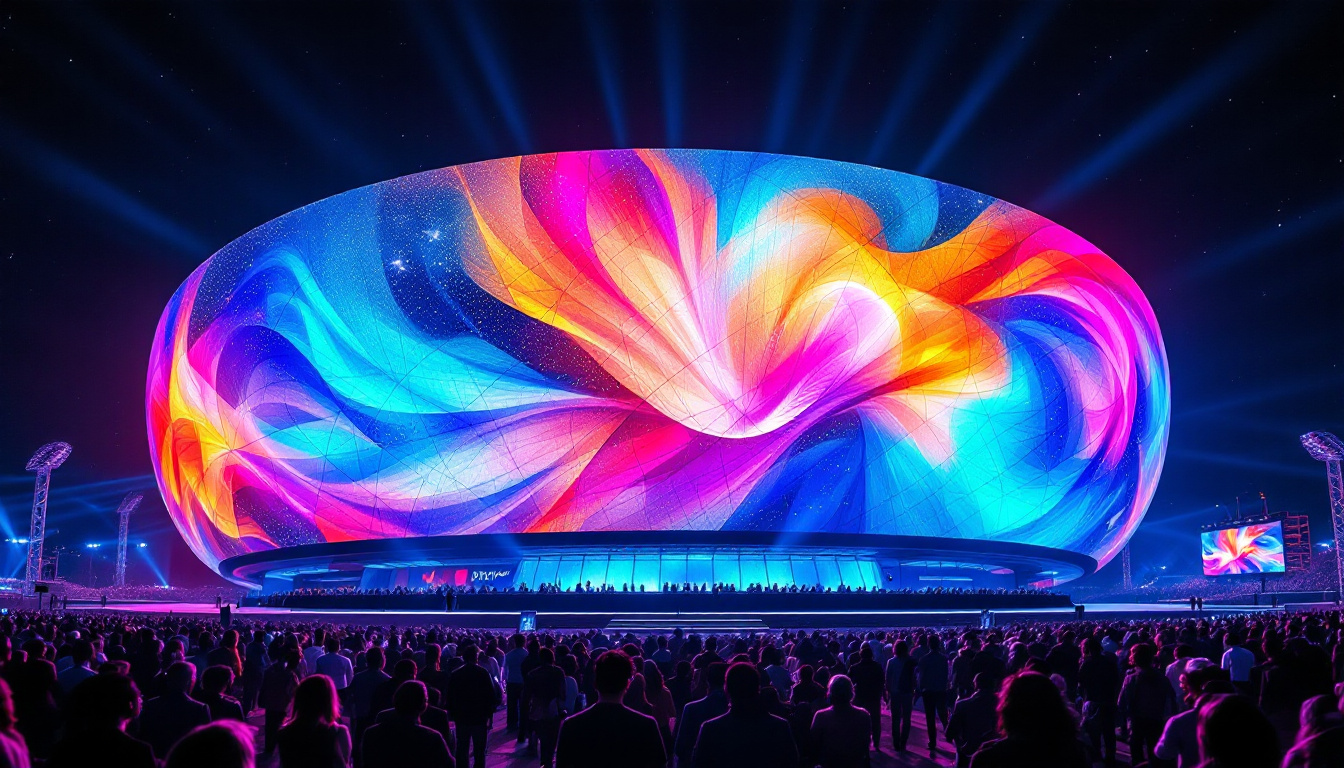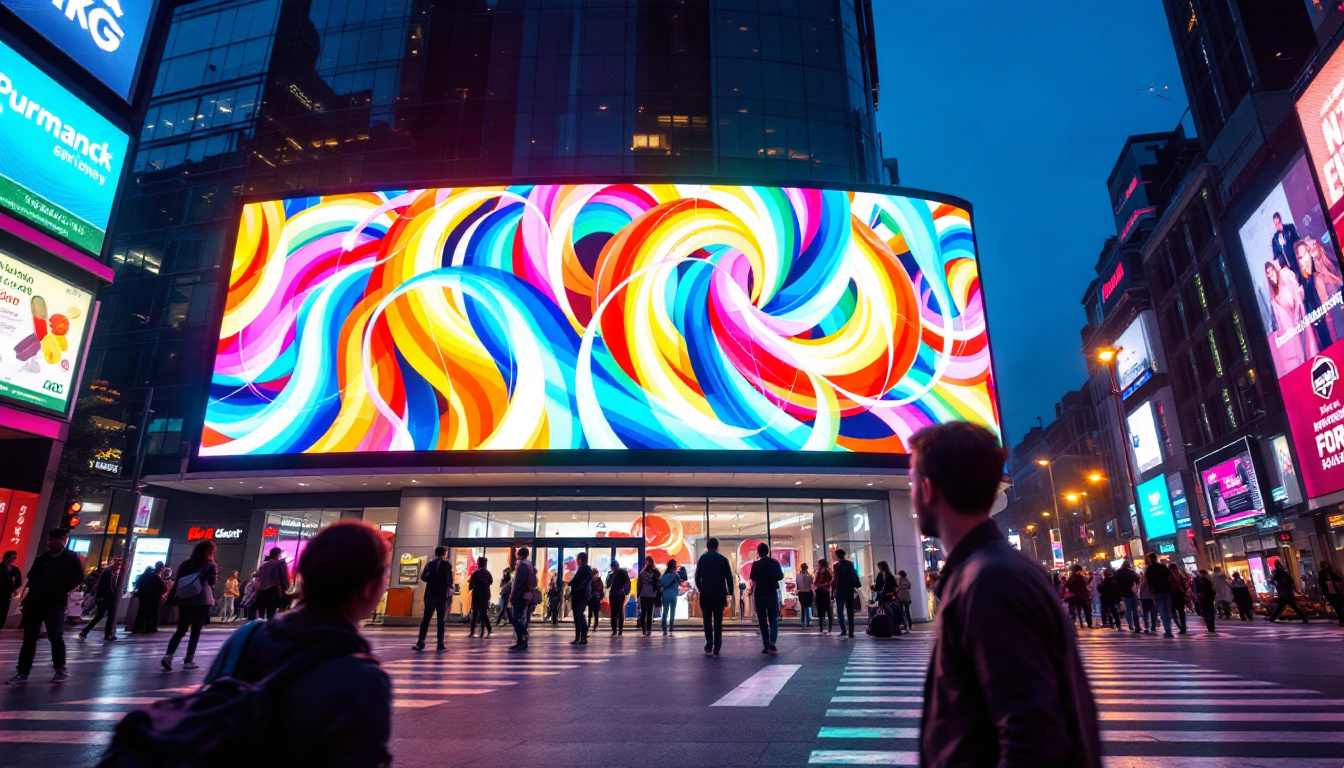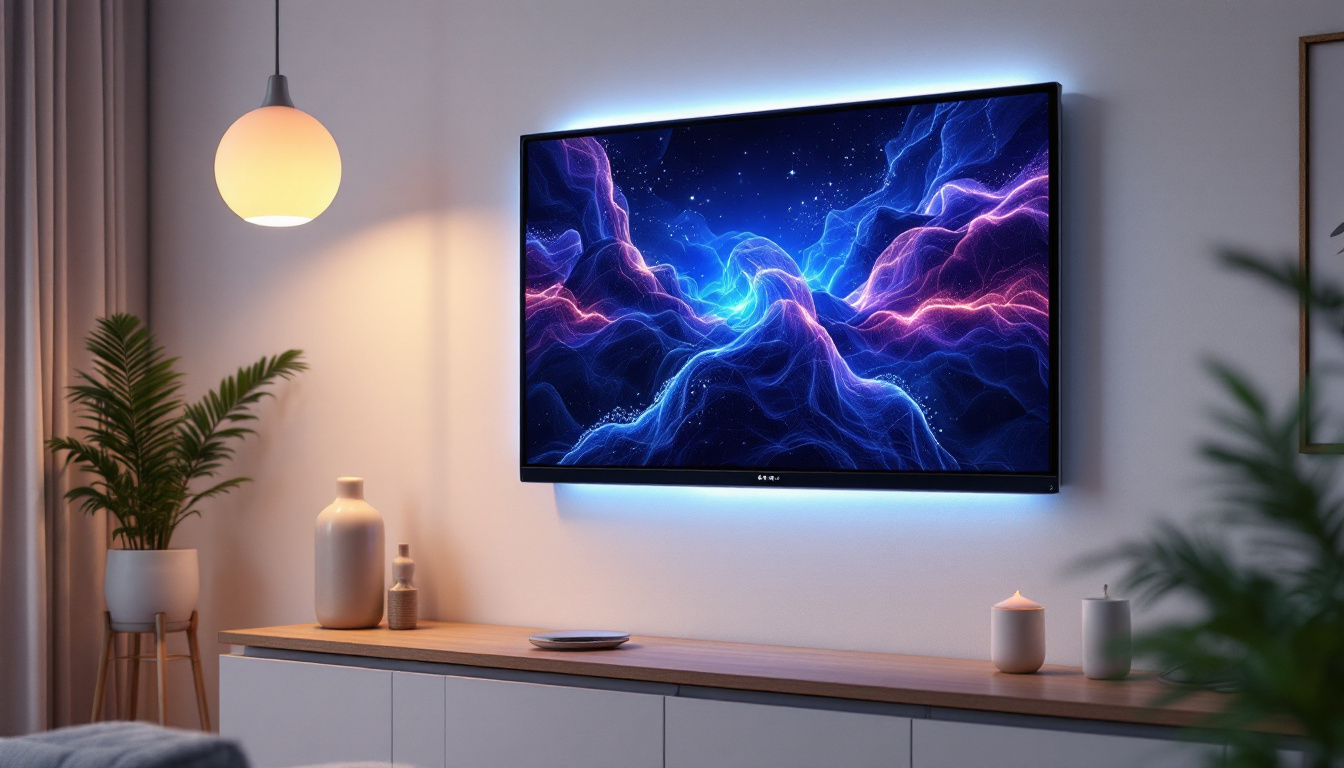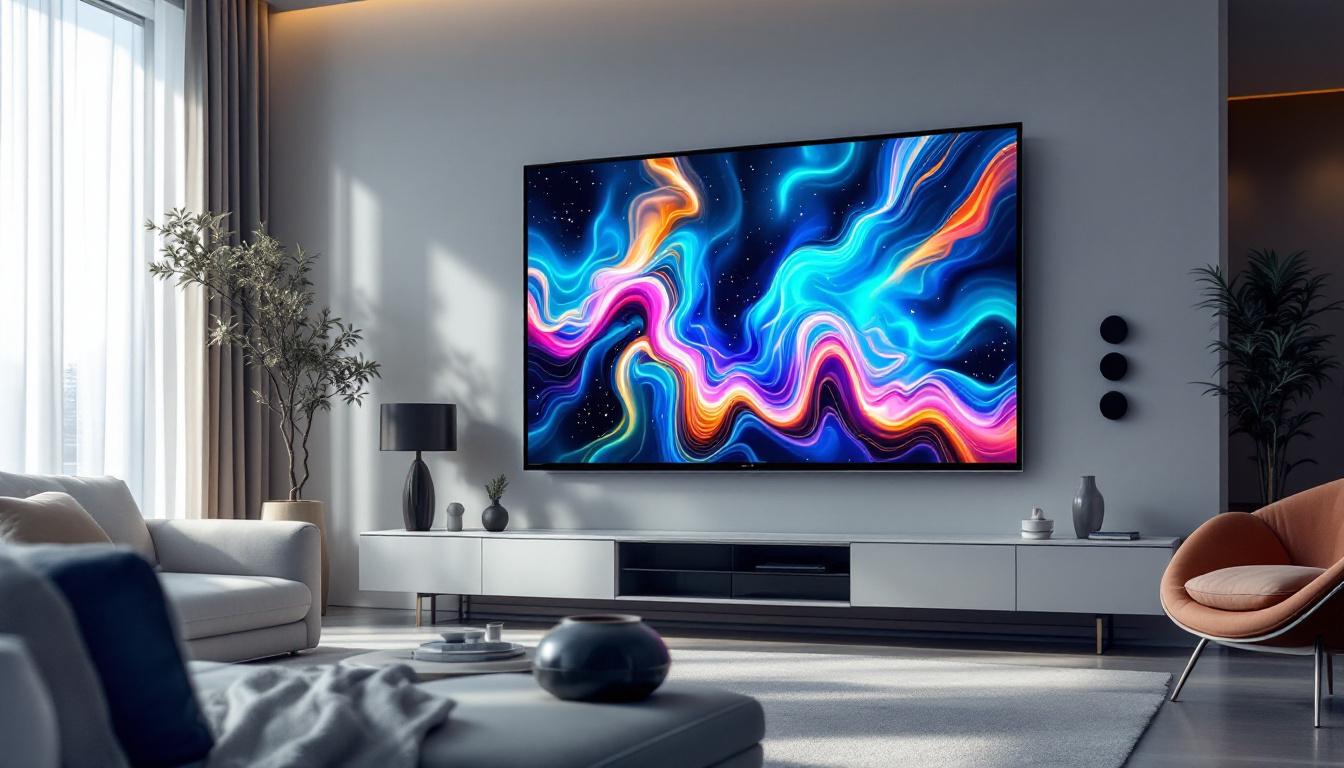When it comes to selecting a monitor, various specifications come into play, and one of the most critical is the contrast ratio. This measurement significantly influences the visual experience, affecting everything from gaming to graphic design. Understanding the intricacies of contrast ratio, especially in LED displays, can help users make informed choices tailored to their needs.
What is Contrast Ratio?
Contrast ratio is defined as the difference in luminance between the brightest white and the darkest black that a display can produce. This ratio is typically expressed as a numerical value, such as 1000:1. In this example, the brightest white is 1000 times brighter than the darkest black. A higher contrast ratio generally indicates a more vibrant and dynamic image, which can significantly enhance the viewing experience, especially in media-rich environments.
In practical terms, a monitor with a high contrast ratio can display a wider range of colors and shades. This capability is particularly important for tasks requiring precise color accuracy, such as photo editing or video production. Conversely, a low contrast ratio can result in washed-out images, where details in shadows and highlights become indistinguishable. This can be particularly frustrating for graphic designers or photographers who rely on accurate color representation to ensure their work is displayed as intended.
Types of Contrast Ratios
There are two primary types of contrast ratios that consumers may encounter: static and dynamic. Static contrast ratio refers to the measurement taken under consistent lighting conditions, while dynamic contrast ratio varies based on the content being displayed. Static ratios are generally seen as a more reliable indicator of a display’s performance, as they provide a consistent baseline for comparison.
Dynamic contrast ratios can often appear misleading, as manufacturers may advertise inflated numbers that do not reflect real-world performance. For instance, a display might achieve a high dynamic contrast ratio by adjusting the backlight based on the content being shown, which can lead to an exaggerated perception of image quality. Static contrast ratios are generally more reliable for assessing a display’s true capabilities. Understanding these distinctions is crucial for making an informed purchase. Additionally, consumers should consider other factors such as panel technology, viewing angles, and color gamut, as these elements also play a significant role in the overall visual experience.
Importance of Contrast Ratio in LED Displays
LED displays have become increasingly popular due to their energy efficiency and superior color reproduction. However, the contrast ratio plays a vital role in determining the overall quality of an LED display. A monitor with a high contrast ratio can produce deeper blacks and brighter whites, enhancing the viewing experience. This is particularly important in environments with varying lighting conditions, where a display that can maintain clarity and vibrancy can make all the difference. Whether you are watching a movie, playing a game, or working on a project, the ability to distinguish between subtle shades can greatly affect the outcome.
For users engaged in creative fields, such as graphic design or video editing, a high contrast ratio can significantly impact the accuracy of colors and details. Subtle variations in shade can be crucial for achieving the desired aesthetic, making it essential to choose a monitor that excels in this area. In fact, many professionals rely on calibrated monitors with high contrast ratios to ensure that their work translates accurately across different devices and mediums. This level of precision not only enhances creativity but also fosters a more professional output, as clients and audiences can appreciate the nuances in visual presentations.
Impact on Gaming Experience
For gamers, contrast ratio can be a game-changer. A monitor with a high contrast ratio allows players to see details in dark scenes, which can be critical in fast-paced environments. Shadows and highlights become more pronounced, providing a competitive edge in visually demanding games. This can be especially advantageous in genres such as first-person shooters or survival horror games, where spotting an enemy or navigating through dimly lit environments can mean the difference between victory and defeat.
Moreover, the immersive experience is enhanced when the contrast ratio is optimized. Richer colors and deeper blacks contribute to a more engaging atmosphere, allowing players to become fully absorbed in their virtual worlds. The emotional impact of a game can also be heightened; for instance, a dramatic scene with stark contrasts can evoke a stronger reaction from the player. Additionally, many modern gaming monitors come equipped with features that further enhance contrast ratios, such as local dimming and HDR (High Dynamic Range) capabilities, which can elevate the visual experience to unprecedented levels. This technological advancement not only enriches gameplay but also sets a new standard for what gamers can expect from their displays.
Measuring Contrast Ratio
Measuring contrast ratio involves sophisticated tools and methodologies. Typically, a photometer or colorimeter is used to assess the brightness of white and black levels on the screen. The results are then calculated to produce the contrast ratio. These devices work by capturing the luminance emitted from the screen, allowing for precise measurements that can be critical in determining display quality. The contrast ratio itself is defined as the ratio of the luminance of the brightest white to that of the darkest black, and this fundamental metric plays a vital role in how images are perceived by the viewer.
While this technical process might seem daunting, it is essential for manufacturers to provide accurate specifications. Consumers should be wary of exaggerated claims, particularly regarding dynamic contrast ratios, which can be misleading. Dynamic contrast ratios often rely on algorithms that adjust brightness levels in real-time, which may not reflect the true performance of the display under consistent conditions. Always look for independent reviews and tests to gain a clearer understanding of a monitor’s performance. This diligence can help ensure that you make an informed decision, especially when investing in a display for gaming, graphic design, or professional video editing.
Standard Contrast Ratios
Standard contrast ratios for LED displays can vary widely. Entry-level monitors may offer contrast ratios around 600:1, while high-end models can boast ratios exceeding 3000:1. Understanding these benchmarks can help consumers gauge what to expect from different price ranges. For instance, a monitor with a higher contrast ratio will typically deliver deeper blacks and more vibrant colors, enhancing the overall viewing experience. This is particularly important in environments where color accuracy is crucial, such as in photography or film production.
For professional use, monitors with a contrast ratio of at least 1000:1 are often recommended. This level ensures that the display can handle a wide range of colors and shades, making it suitable for tasks requiring precision. In addition to contrast ratio, factors such as color gamut and panel technology (like IPS or OLED) also play significant roles in determining the overall quality of the display. Monitors with superior contrast ratios can significantly reduce eye strain during long hours of use, as they provide clearer images and more distinct details, allowing users to work more efficiently without compromising on visual fidelity.
Factors Affecting Contrast Ratio
Several factors can influence the perceived contrast ratio of a monitor. These include the type of panel technology used, the ambient lighting conditions, and the settings configured on the monitor itself.
Panel Technology
The type of panel technology employed in a monitor can significantly affect its contrast ratio. For instance, IPS (In-Plane Switching) panels are known for their excellent color reproduction and wide viewing angles, but they may not achieve the same level of contrast as VA (Vertical Alignment) panels, which excel in producing deeper blacks.
Understanding these differences can help users select a monitor that aligns with their specific needs. For those prioritizing color accuracy over deep blacks, an IPS panel may be the preferred choice. Conversely, for users who prioritize contrast and depth, a VA panel may be more suitable.
Ambient Lighting Conditions
The environment in which a monitor is used can also impact its perceived contrast ratio. Bright ambient lighting can wash out colors and reduce the visibility of darker shades, making it essential to consider the lighting conditions when setting up a workspace.
For optimal performance, it is advisable to use monitors in controlled lighting environments. Additionally, many modern monitors come equipped with features such as brightness adjustment and anti-glare coatings to mitigate the effects of ambient light.
Enhancing Contrast Ratio
While selecting a monitor with a high contrast ratio is essential, there are additional steps users can take to enhance their viewing experience. Adjusting settings and utilizing specific features can help optimize performance.
Calibration
Calibrating a monitor is a crucial step in achieving the best possible contrast ratio. Calibration involves adjusting brightness, contrast, and color settings to ensure accurate representation of images. Many monitors come with built-in calibration tools, while external devices like colorimeters can provide even more precise adjustments.
Regular calibration is particularly important for professionals in creative fields, as it ensures that colors are displayed accurately. Even casual users can benefit from calibration, as it can improve overall image quality and comfort during extended use.
Utilizing Display Modes
Many modern monitors offer various display modes tailored for specific tasks, such as gaming, photo editing, or reading. These modes can optimize contrast and color settings to enhance the viewing experience.
By experimenting with different display modes, users can find the setting that best suits their preferences and needs. This flexibility allows for a more personalized experience, ensuring that the monitor performs optimally in various scenarios.
Conclusion
Understanding monitor contrast ratio is essential for anyone looking to purchase a new display, especially in the context of LED technology. A high contrast ratio can significantly enhance the visual experience, whether for gaming, professional work, or casual use.
By considering factors such as panel technology, ambient lighting, and calibration, users can maximize the performance of their monitors. Ultimately, making an informed decision based on contrast ratio and related specifications can lead to a more satisfying and productive experience.
As technology continues to evolve, staying informed about these specifications will empower consumers to choose displays that meet their unique needs and preferences. Whether for work or play, the right monitor can make all the difference.
Discover the Perfect Contrast with LumenMatrix
Ready to elevate your visual experience with a monitor that boasts an exceptional contrast ratio? Look no further than LumenMatrix, where innovation meets excellence in LED display technology. From the immersive depths of an Indoor LED Wall Display to the dynamic vibrancy of an Outdoor LED Wall Display, LumenMatrix offers a comprehensive range of solutions tailored to your unique needs. Whether it’s for gaming, professional work, or enhancing brand visibility, our LED displays are designed to captivate and engage. Don’t settle for less—check out LumenMatrix LED Display Solutions today and transform the way you see the world.


